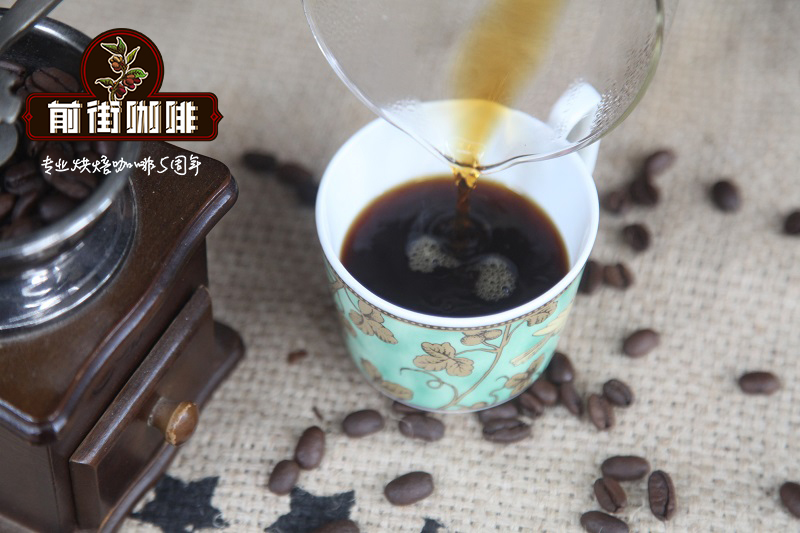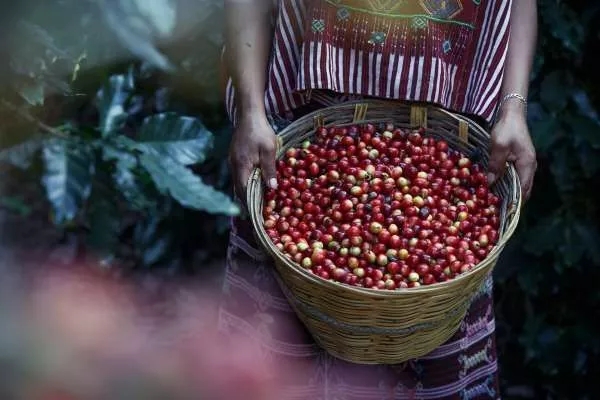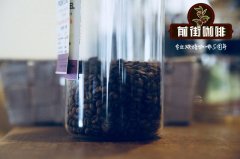What is the variety of iron pickup? is the coffee delicious? description of the characteristics and flavor of iron pickup.

Professional coffee knowledge exchange more coffee bean information please follow the coffee workshop (Wechat official account cafe_style)
Yunnan small grain high-quality alpine Tibica: belongs to the most classic high-quality Arabica native species, and the blue mountain coffee gene is very similar. The perfect combination of sweet, sour and bitter flavors has a long aftertaste. The Tibica variety of Yunnan small-grain coffee was first introduced and planted in Zhukula Village, Binchuan, Dali, Yunnan Province in 1892 by the French missionary Mr. Tian Deneng (around the church of Zhukula Village, where Yunnan small-grain coffee originated, there are still 24 century-old coffee trees, which has become a national key protected native species resource), and then spread and planted in various places, due to Yunnan's unique natural soil environment. After a hundred years, Yunnan small-grain coffee has unique taste characteristics: strong but not bitter, fragrant but not strong, with sporadic natural sour taste. Baoshan Nujiang No. 1 was held at the World Food Expo in London in 1940.
Arabica coffee variety Typica is one of the varieties closest to the original species, which is slightly longer in shape, has a clean citric acid taste, sweet aftertaste and elegant flavor, but has weak physique and low resistance to leaf rust, which makes it difficult to grow and plant, low seed set and low yield. Excellent manor beans such as the Blue Mountains of Jamaica, Manning of Sumatra and Kona of Hawaii all belong to Tibika.
Treatment method (Coffee Processes)
Also known as natural drying and non-washing treatment, the collected coffee fruit is dried in the sun and shelled, which absorbs the taste of the peel and pulp in the process of exposure for a long time, while making the sweetness and alcohol thickness of the coffee fuller, easy to produce unique aroma.
[washing method] Washed / Wet Processed
After removing the peel and pulp, soak in water in the fermentation tank to ferment, remove the residual pectin mucosa on the inner pericarp, and then rinse with water, which is rich in acidity, one of the conditions of fine coffee.
Important Notice :
前街咖啡 FrontStreet Coffee has moved to new addredd:
FrontStreet Coffee Address: 315,Donghua East Road,GuangZhou
Tel:020 38364473
- Prev

A somewhat unpopular but super-practical coffee term in Chinese and English.
Professional coffee knowledge exchange more coffee bean information Please pay attention to coffee workshop (Wechat official account cafe_style) Coffee as a drink from abroad, if you want to know more about it, you will inevitably be exposed to a foreign language. At this time, it is particularly important to understand the technical terms related to coffee! The following is a more comprehensive term for coffee, horse.
- Next

How to distinguish between genuine Blue Mountain Coffee beans and Jamaica Blue Mountain Coffee Historical grading system Flavor and taste
Professional coffee knowledge exchange more coffee bean information please follow coffee workshop (Wechat official account cafe_style) Jamaican coffee Blue Mountain Coffee in the world the most successful and expensive coffee is Jamaica Blue Mountain Coffee, the flavor is sweet, supple, round, with nutty tone and mellow taste! Jamaican coffee is not equal to Blue Mountain Coffee: located in Jamaica
Related
- Beginners will see the "Coffee pull flower" guide!
- What is the difference between ice blog purified milk and ordinary milk coffee?
- Why is the Philippines the largest producer of crops in Liberia?
- For coffee extraction, should the fine powder be retained?
- How does extracted espresso fill pressed powder? How much strength does it take to press the powder?
- How to make jasmine cold extract coffee? Is the jasmine + latte good?
- Will this little toy really make the coffee taste better? How does Lily Drip affect coffee extraction?
- Will the action of slapping the filter cup also affect coffee extraction?
- What's the difference between powder-to-water ratio and powder-to-liquid ratio?
- What is the Ethiopian local species? What does it have to do with Heirloom native species?

